Every once in a while we ask Team Experience members to finally get around to a famous film they've been meaning to watch forever. Here's Christopher James...
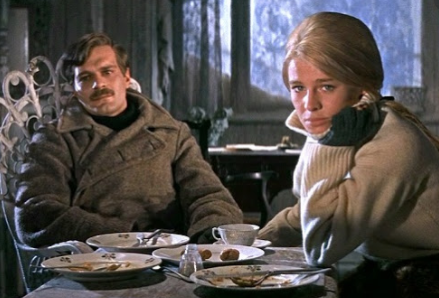
I hate to say it, but when does one put on a three hour epic? The time never quite seems right, especially in a pre-quarantine world. That’s why David Lean’s epic extravaganzas had long been blind spots in my filmography. Both The Bridge on the River Kwai and Lawrence of Arabia become instant personal favorites after finally watching them for the first time in the past five years. Yet, somehow Doctor Zhivago (1965) always seemed just a bridge, or perilous train ride, too far. When I would think of it, I would picture the sets and costumes from stills. But was it worth sitting through over three hours of a movie just for, in the words of Aretha Franklin, “gowns, beautiful gowns”? Luckily, the epic is way more than just its trappings. As Team Experience gushed a few years back, there are so many memorable scenes and subplots in this involving romantic quartet.
To compliment Doctor Zhivago appropriately, one must go down each Oscar craft category one by one. It’s a technically stunning achievement that is beautiful, towering and simultaneously warm and cold all in the same breath...
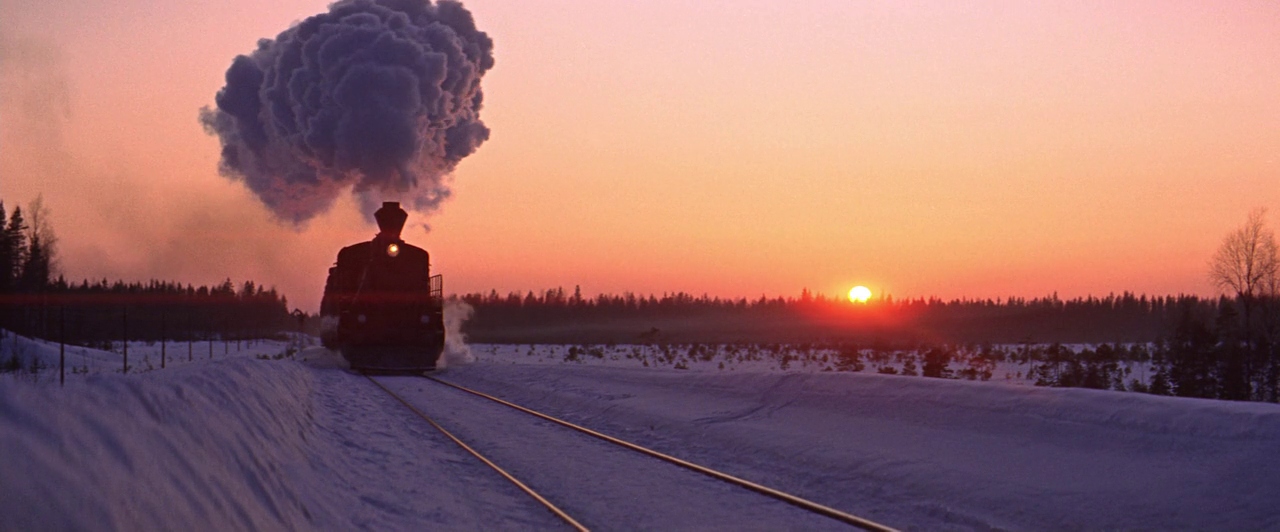
Nothing can compare to the widescreen majesty of Freddie Young’s work as cinematographer on Lawrence of Arabia but his work here is much different. While that film saw beauty in sparse vistas, Doctor Zhivago loves to crowd its frame with details. Sweeping shots of the streets of Moscow bring to life the palpable energy of revolution in the first act. Through train escapes and brutal treks through the snow, Young finds beauty and grandeur in danger.
Daniel Walber already brilliantly described Doctor Zhivago’s Oscar winning production design with great eloquence and detail for his series “The Furniture.” My appreciation only grew upon reading it. Perhaps the most indelible craft of the film is Phyllis Dalton’s costume design.
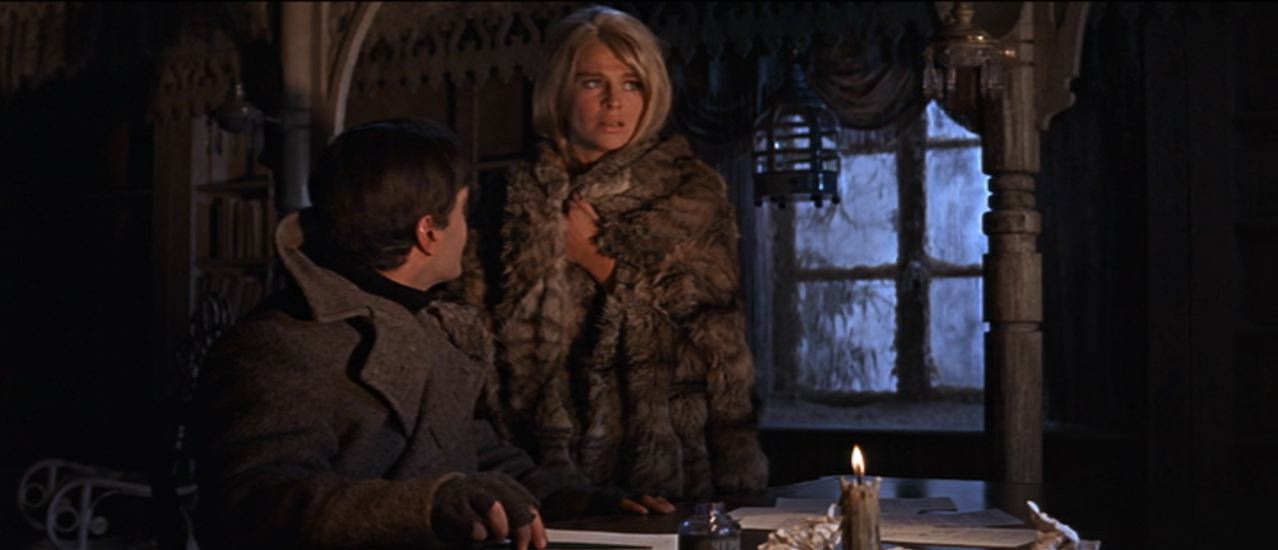
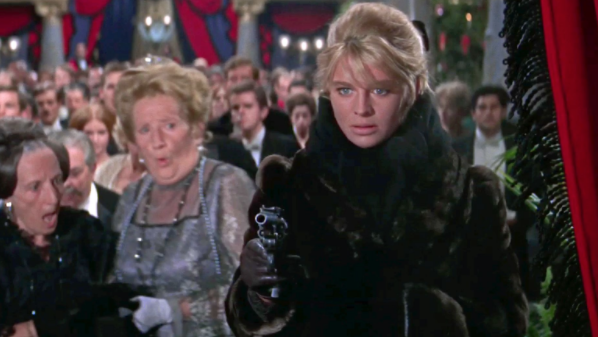
Everything Julie Christie wears epitomizes the cross between high fashion and winter function. It’s no wonder both costume design categories went to women who dressed Julie Christie (Julie Harris won Best Costume Design - Black and White for Darling). Christie is an incredible model for both the sleek dresses of the Russian nightlife and the puffy hats and knitwears of the freezing cold. How many women during this time period dressed the way Lara is depicted in the movie? Probably not many. However, it was worth it for the cultural imprint left by Dalton’s modern take on the past.
Enough about the clothes, let’s get to the plot.
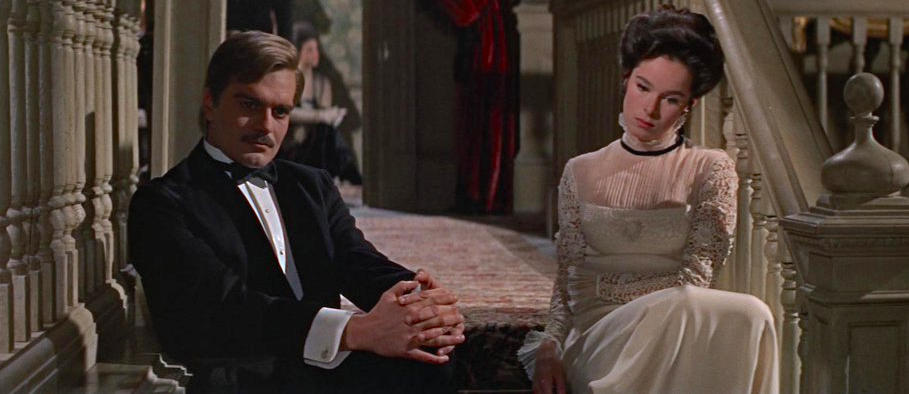
It’s remarkable how much time the film spends setting up Yuri and Lara’s lives before the two fall madly and passionately in love with each other. Yuri reunites with his childhood friend Tonya (Geraldine Chaplin) and winds up in a stilted marriage with her. Meanwhile, 17-year-old Lara juggles a toxic affair with her mother’s friend Victor Komarovsky (Rod Steiger) and a potential engagement from the young revolutionary, Pascha (Tom Courtenay).
Which of those two stories sounds more dramatic? If you answered Lara, you’re correct. Christie carries the film in this first hour the way only a true movie star can. As the sole acting nominee, Courtenay expertly dramatizes the sacrifices one has to make when revolution is their main goal. Rod Steiger chews the scenery to bits, but makes for a great villain one can’t look away from. Still, Lean can’t resist spending copious amounts of time setting up the seeds of Revolution and introducing World War I. The grandiose set-up gets more oxygen than the two magnanimous leads.
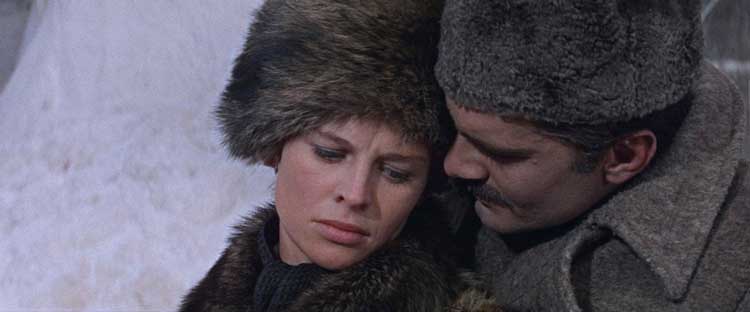
Act Two delivers on the grand, sweeping romance that comes with the Doctor Zhivago namesake. Omar Sharif and Julie Christie are quite possibly the most attractive two people in Hollywood (and that’s before you add on the incredible costumes). Flames instantly ignite when these two gorgeous actors shoot each other a passionate glance. The section in the abandoned Variykino manor is far and away the highlight of the film. The ice over the interiors of this palace only makes the estate look more regal and magical. The same could be said of Omar Sharif earlier in the second act, as Yuri trudges through freezing cold conditions to Yuriatin, where Lara awaits. Yuri and Lara’s seismic love is only eclipsed by the cataclysmic forces that tear them apart. That’s what makes this section such a compelling romance and devastating melodrama.
After first viewing, Doctor Zhivago is a movie I like and respect a great deal. Yet, I can’t say that I love it. There are few people who have ever been more beautiful than Omar Sharif and Julie Christie. Their chemistry suggests a passionate romance torn asunder by fate, war and revolution. Yet, for all the groundwork act one lays, it focuses too much on what keeps these two alluring people apart rather than why they should be together. Doctor Zhivago is gorgeous in every way and a monument to the epics of the 50s and 60s. However, I’d likely sooner take the optimism of The Sound of Music, the magnitude of Lawrence of Arabia or even the bonkers audacity of Sergei Bondarchuk’s War and Peace. On the other hand, perhaps a movie as grand as Doctor Zhivago takes more than one watch to fully appreciate.
more on 1965
more from Christopher James